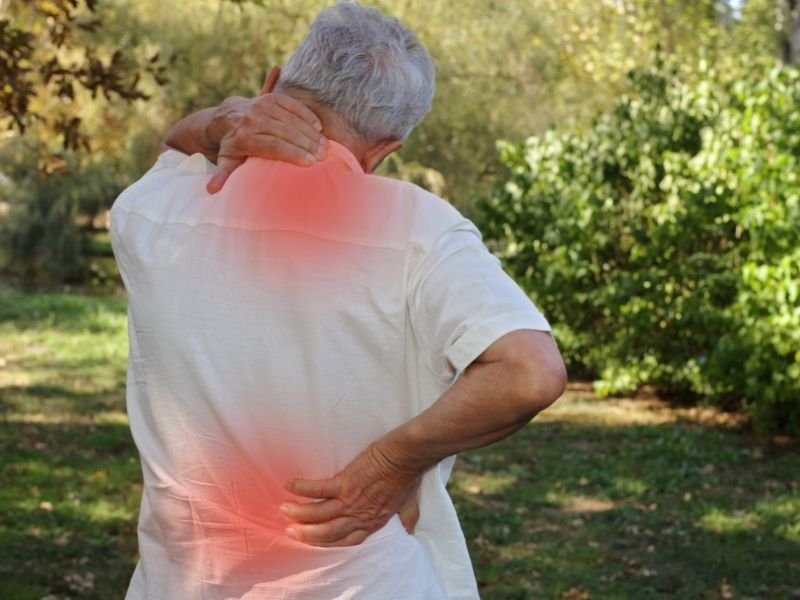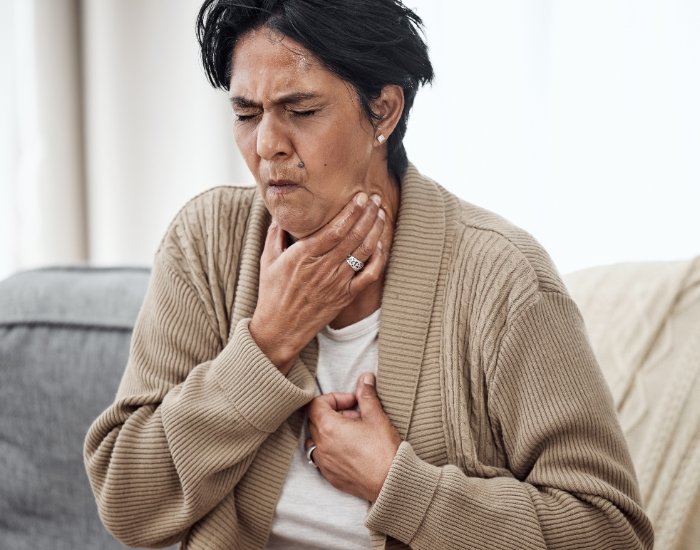The lower back holds the top body’s weight and allows for daily actions. Tension to the backbone tendons and ligaments can cause lower back discomfort. Almost everyone will suffer from back discomfort at a certain point in their lives. Low back muscles are in charge of bending and turning the hips during moving, as well as maintaining the spine. The majority of low back discomfort is caused by an injury, such as muscle sprains or strains caused by rapid motions or improper weightlifting mechanics.
Lower Back Pain in Its Many Forms
Lower back discomfort is an issue we’ve all encountered, perhaps it’s from the gym, lifting a heavy structure, or any other unidentified reason. A trained therapist can assess the condition and create a treatment protocol for us based on the sort of difficulty we have. It’s critical to match the diagnosis to the treatment regimen if we want to get rid of severe back pain. Many of us might identify our individual signs in the explanations of some of the more prevalent kinds of back pain listed below.
- Non-specific Muscular Pain
Low back pain that isn’t caused by an identifiable, well-known pathology is termed as non-low back pain. Acute, sub-acute, and chronic low back pain are the three kinds of non-specific low backache. Non-specific, acute muscle pain on one or both sides of the lower back is a typical sign to watch for. Moving, bending, extending, or any other activity that critical pressure on the lower spine might induce non-specific muscle discomfort. Any abrupt, unanticipated action, such as a crash, might also induce it.
- Flexion Dominant Back Pain
Disc damage is frequently the cause of flexion dominant back pain. More significantly, bending, sitting, and carrying worsen the discomfort and suffering, which lessen after walking and standing for a brief time. Numbness may occur, as well as discomfort in the spine, legs, or both. Perform exercises that require the flexibility of the lumbar spine to adequately address this sort of discomfort. A skilled physiotherapist can establish the precise stretch that is ideal for individuals.
- Extension Dominant Back Pain
Rear discomfort in the zygapophyseal joints, which are positioned near the back of our spine, is common. So, this really is frequently a contributing factor, but not always. Extension Dominant pain is characterized by discomfort during prolonged standing and temporary relaxation upon sitting or bending. The back may feel stiff, but it does so, in the same way, every time. We can relieve the discomfort by relieving stress on the spine. The therapy for long-term maintenance should concentrate on improving the spinal core and preserving hip flexibility.
- Radicular Back Pain
Clenching nerve roots or disc deterioration are the causes of this sort of lower back pain. Radicular discomfort is somewhat different from non-specific muscular pain. This intense stinging pain frequently begins in the lower back and proceeds through one or both legs, according to patients. Twitching and stiffness in the legs are also possible.
Risk factors of low back pain
According to a National Institutes of Health epidemiological research, 80% of individuals would have lower back pain at some point in their lives. Understanding these criteria can aid in the identification of high-risk individuals and the improvement of their LBP care.
- Age: Back pain becomes increasingly frequent as people age, beginning around the age of 30 or 40. Osteoporosis causes bone loss, which can result in fractures, while also reducing muscular suppleness and tone. With aging, the intervertebral discs lose fluid and elasticity, reducing their capacity to cushion the vertebrae. The risk of spinal stenosis rises with age as well.
- Psychological conditions: Many researchers have looked at the connection between back pain and psychological health issues. There was a substantially greater incidence of back pain or chronic back pain in individuals who had any sort of depression or psychosis, anxiety, or sleeping issues. Another significant component for patients appears to be anxiety.
- Genetics: Ankylosing spondylitis is a kind of arthritis characterized by the combination of spinal segments, resulting in spine stiffness. this is one example of a back pain condition with a genetic factor.
- Smoking: Several studies have suggested a link between smoking and low back pain, but the precise form of that association has yet to be proven in long-term observational investigations. This might be due to the fact that smoking causes increased cough, which can lead to degenerative disc disease. Smoking can also damage blood vessels and thus reduce blood flow to the spine, putting people at risk for osteoporosis.
- Obesity: Obese or overweight people are more prone to have lower back pain. The spine might become twisted and pressured unevenly as a result of increased weight.

Symptoms of low back pain
Back pain can be anything from a dull ache in the muscles to a stinging, searing, or stabbing pain. Lower back pain symptoms might begin abruptly or develop over time.
- Moving or straightening your back may be difficult.
- Difficulty to stand straight without suffering due to a dull burning sensation in the lower back
- It may take some time to get up from a seated posture, and people may feel the desire to move or exercise to loosen up.
- One or both legs experience rigidity, numbness, or tingling.
- Is followed by an inexplicable decrease in weight
Lower back pain diagnosis
Any major problems that may be causing the discomfort may typically be identified by a thorough medical history and physical examination.
The physician can perhaps prescribe scanning tests to look for fractured bones or other injuries. The physician will be able to examine clear images of the vertebrae, discs, muscles, ligaments, and tendons thanks to these examinations.
- Scanning Bones
Infections, fractures, and bone disorders can all be detected and monitored with bone scans. A little quantity of radioactive material is delivered into the circulation and settles in the bones, especially in atypical places.
- Blood Test
Blood tests are not commonly performed to detect the source of back pain, although they may be requested to check for symptoms of irritation, infection, malignancy, or arthritis.
- Myelograms
The diagnostic screening of x-rays and CT scans is enhanced by myelograms. A contrasting dye is infused into the spinal channel during this treatment, enabling pressure of the spinal cord and nerves caused by herniated discs or fractures to be observed on x-rays or CT scans.
- Discography
A contrast dye is injected into a spinal disc suspected of causing low back discomfort during a discography procedure. If the disc is the source, the fluid tension in the disc will recreate the person’s suffering. On CT scans done after the injection, the dye assists to identify the affected regions.







0 Comments